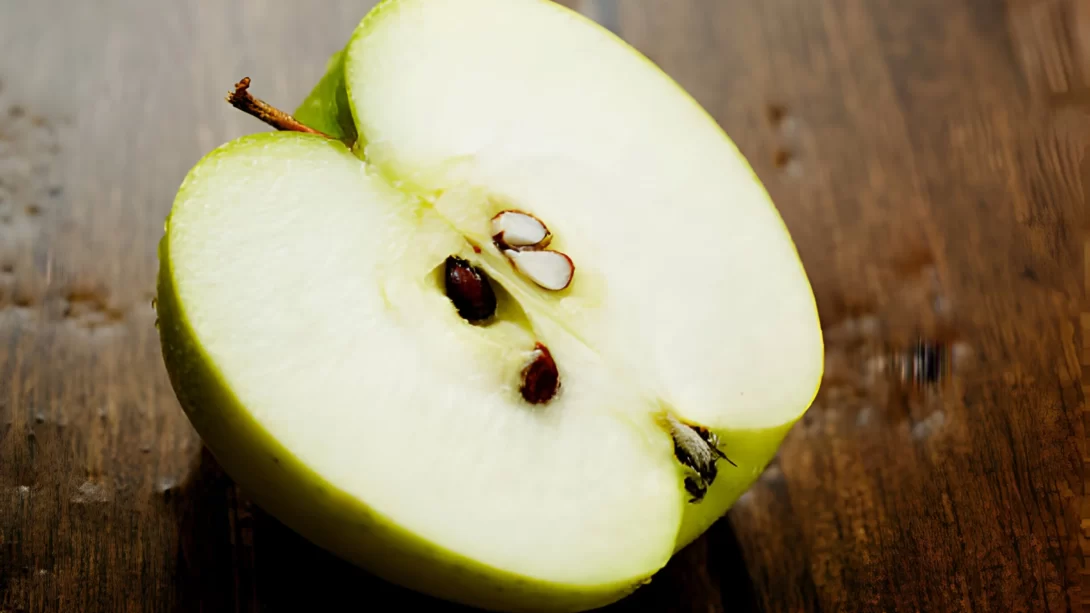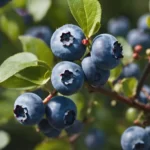Apples, known for their sweet and sometimes tart flavors, are a staple in diets and cultures worldwide. From the crisp crunch of a fresh apple to its use in a myriad of culinary creations, this fruit holds a place of importance in many kitchens. A lesser-discussed aspect, yet intriguing, is the number of seeds contained within each apple. This article aims to explore the typical seed count in an apple and the factors influencing it.
Apple Biology
To comprehend why apples have varying numbers of seeds, it’s essential to understand their biological makeup. Apples belong to the Rosaceae family and develop from the ovary of the apple flower. Inside the apple, the core houses the seeds, which are contained in separate chambers known as carpels. Typically, an apple has five carpels, which can be seen as the star-shaped pattern when the apple is cut horizontally. The development from a flower into a fruit with seeds involves a process of pollination and growth that is influenced by various environmental and genetic factors.
Average Seed Count in Apples
On average, an apple contains about 5 to 10 seeds. This range can vary based on several factors, including the apple’s size and health, as well as the variety of the apple. Each of the five carpels in the core has the potential to hold one to two seeds, depending on whether both ovules in the carpel were successfully pollinated and fertilized. In some cases, an apple may have fewer than five seeds if some of the ovules did not get fertilized, a condition often resulting from inadequate pollination. Conversely, larger or particularly healthy apples might contain more than the average number of seeds.
Factors Influencing Seed Count
The number of seeds in an apple is influenced by a combination of genetic and environmental factors. The genetic makeup of the apple variety plays a significant role. Some apple varieties are genetically predisposed to have a higher or lower average seed count. For instance, certain heritage or wild apple varieties might consistently produce more seeds compared to some cultivated commercial varieties.
Pollination is another critical factor. Apples are typically cross-pollinated, meaning they rely on pollen from other apple varieties to fertilize their ovules and produce seeds. The efficiency of pollination, which can be affected by the presence of pollinators like bees, weather conditions, and the proximity of different apple varieties, directly impacts the number of seeds. Poor pollination can result in fewer seeds, while thorough pollination often leads to a higher seed count.
Environmental conditions such as climate, soil quality, and tree health also play a role in seed development. Apples grown in optimal conditions with adequate nutrients, sunlight, and water are more likely to develop a full complement of seeds. Stress factors like drought, nutrient deficiencies, or pest infestations can adversely affect seed development, resulting in fewer seeds.
Variability Among Apple Varieties
Different apple varieties can exhibit significant variability in seed count. For example, a Granny Smith apple might have a different average seed count compared to a Red Delicious or Fuji apple. This variation is a result of the unique genetic characteristics of each variety, as well as the specific growing conditions and cultivation practices they are subjected to.
Apple breeding and cultivation practices also influence seed count. Breeders may select varieties for qualities like flavor, texture, and storage life, with seed count being a less focused trait. As a result, commercially cultivated varieties might be bred in a way that inadvertently affects the number of seeds they typically produce. Additionally, cultivation practices like pruning, thinning, and fertilization can indirectly influence the number of seeds by impacting overall fruit health and development.
Importance of Seeds in Apple Propagation
Seeds play a crucial role in the propagation of apple trees. However, it’s interesting to note that apples grown from seeds don’t often breed true to the parent plant. This means that planting an apple seed from a specific variety usually won’t produce a tree that bears the same type of apple. Instead, apple trees are propagated through grafting, ensuring that the fruit’s characteristics remain consistent. The genetic variability in seeds is actually beneficial for breeding new varieties, as it allows for a wide range of genetic combinations.
Fun Facts About Apple Seeds
There are several intriguing aspects about apple seeds that many might not be aware of. For instance, apple seeds contain amygdalin, a compound that can release cyanide when chewed and digested. However, the amount of cyanide produced from the seeds in a single apple is far too small to be harmful to humans. Moreover, swallowing the seeds whole is unlikely to release any cyanide, as they typically pass through the digestive system intact.
Apple seeds also have a notable germination potential. With the right conditions, including stratification (a period of cold treatment), they can grow into new apple trees, albeit with unpredictable fruit qualities. This unpredictability is what makes apple breeding both a challenging and fascinating endeavor.
Conclusion
The number of seeds in an apple can vary widely, influenced by factors like the apple’s genetics, pollination efficiency, and growing conditions. Typically, an apple contains about 5 to 10 seeds, but this can fluctuate based on the variety and health of the apple. Understanding these factors offers a glimpse into the complex and intriguing world of apple cultivation. While the seeds are essential for propagation and breeding, they are just one small part of what makes apple growing a rich and rewarding pursuit. Whether for their tasty fruits or their role in breeding new varieties, apples and their seeds continue to be a fascinating subject in the world of horticulture.



